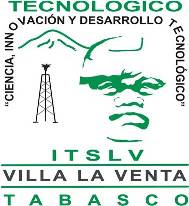This/that/these/those show the relative distance between the speaker and a noun.
/this, that, these, those muestra la distancia relativa entre el que habla y el objeto del que se refiere/
This refers to something near to the speaker, that to something further away. These is the plural of this, and those is the plural of that.
/-this- se refiere a algo cerca de la persona que habla, algo que puede tocar, -that- se refiere a algo mas lejos, el cual no tiene a su alcance, -These- es el plural de -this y -those- es el plural de -that-/




Sometimes demonstratives are pronouns, for example: /algunas veces funcionan como pronombres/
- "This is my Mom." Mom is near to the speaker /Esta o Ella es mi Mamá (Mamá está cerca)/
- "These are my books." The books are near the speaker./esos son mis libros (los libros estan cerca)/
- "I don't like that." He doesn't like something that is further away./No me gusta eso (a él no le gusta algo que está lejos)/
- "That girl is going to dance with those boys" /esa o aquella chica va a bailar con esos o aquellos chicos/
- "This is my Mom." Mom is near to the speaker /Esta o Ella es mi Mamá (Mamá está cerca)/
- "These are my books." The books are near the speaker./esos son mis libros (los libros estan cerca)/
- "I don't like that." He doesn't like something that is further away./No me gusta eso (a él no le gusta algo que está lejos)/
- "That girl is going to dance with those boys" /esa o aquella chica va a bailar con esos o aquellos chicos/
Sometimes demonstratives can also be adjectives, for example: /algunas veces pueden ser adjetivos/
- That man is a doctor. /ese o aquél hombre es un Doctor/
- I like those jackets. /me gustan esas chamarras/
- I don't like that movie. /no me gusta esa película/
Ejercicios usando Demonstratives
- That man is a doctor. /ese o aquél hombre es un Doctor/
- I like those jackets. /me gustan esas chamarras/
- I don't like that movie. /no me gusta esa película/
Ejercicios usando Demonstratives

















